This article was medically reviewed by Albert Chang, OD. Dr. Chang is an Optometrist at the Family EyeCare Center in Campbell, California. He graduated from the Southern California College of Optometry in 2015. He has interests in diagnosing and managing ocular disease, including diabetic retinal disease, glaucoma, and macular degeneration.
There are 12 references cited in this article, which can be found at the bottom of the page.
This article has been viewed 1,149,972 times.
Have you ever looked in a mirror and noticed that your eyes were red? Whether you've been staring at a computer or TV screen for too long or are suffering from allergies, red eyes can be painful and ugly. Fortunately, there are many ways to reduce the irritation and swelling. Eye redness can go hand-in-hand with dry eyes, so some treatments address both issues. Other problems such as infections, inflammation, ocular trauma, or a foreign body can cause redness. At those times, it is best to seek medical attention.
Steps
Getting Rid of Red Eyes
-
1Do your research on eye drops. There are many different types of eye drops, each one recommended for different circumstances. For example, if you have red eyes and wear contact lenses, a blood vessel constricting drop may not work. It wouldn't be able to get through the lens to treat your redness.[1]
- Most eye drops work by constricting the blood vessels in the eyes. By making the blood vessels smaller, they reduce eye redness. Be careful of using these too much because your eyes may get dependent on them. Eventually if you don't use them, you'll get rebound redness which makes your eyes red just because it is craving the constricting agents.
- Preservative free eye drops tend to be the most natural for you eyes. They come in single vial uses which makes them very hygienic.
-
2Consult your eye care professional. The best way to choose the right drops is to talk to you a specialist about the cause of your redness. Let him or her diagnose you and choose the best treatment method.[2]
- If your redness is due to allergies, look for eye drops with antihistamines. Antihistamines can also cause eye dryness/redness, so you can couple these drops with artificial tears.
- If you have an infection, see your doctor for prescription eye drops that have antibiotics.
- Be careful with "bacteria-fighting" eye drops. Many people have an allergic reaction to the preservatives in them. You might make your eyes even worse!
Advertisement -
3Use a cold compress on your eyes. Cold water will decrease the swelling that causes bloodshot eyes, and will also soothe on your irritated eyes. You can just splash some cold water onto your face.[3]
- The most common cause of red eyes is allergies. The body releases histamines that dry the eyes, causing blood vessels to swell. Cold water reduces blood flow to the eyes and treats some of this inflammation.
-
4Use ice or freeze-packs. Using ice is another common and effective way to soothe bloodshot eyes. Ice and freeze packs work the same way cold compresses do, by relieving swelling and reducing the amount of blood flow to the eyes.[4]
- If you don't have a freeze-pack, place some ice cubes in a clean washcloth. Hold it over your eyes for 4 to 5 minutes.
- When using extremely cold products like ice or a freezer-pack, always protect your eyes with a thin cloth towel. This prevents ice burn.
-
5Wait out a burst blood vessel. If you sneeze or cough too hard, or even just rub your eye vigorously, you can cause a blood vessel to burst. Doctors call this "subconjunctival hemorrhage." In most cases, only one eye will be affected, and you won't feel any pain. The blood vessel should heal itself naturally. It can take anywhere from a few days to two weeks.[5]
- This can also occur if you are taking any blood thinners, doing heavy lifting, are constipated, or engaging in any activity that increases pressure to the head. It can also happen if you have a blood disorder. So if it occurs frequently, visit your eye doctor. Blood tests may be needed.
- See a doctor if you have any pain, or if you have a chronic disease like diabetes.
-
6See a doctor if you have pink eye. Just like its name says, pink eye (also known as conjunctivitis) causes your eye to look pink or red. Speak with your doctor immediately if you think you have pink eye. He or she can prescribe antibiotic eye drops or even oral pills, depending on the cause. Pink eye is contagious, so wash your hands with antibacterial soap, clean contact lenses well, and don't rub your eyes. To make sure you have pink eye, check the following:[6]
- The dryness and redness is only in one eye, or at least began for the first few days as one-sided before spreading.
- You recently had a viral or bacterial infection (i.e. ear infection, cold or flu)
- You've been around someone who had pink eye recently.
Preventing Eye Redness
-
1Determine the cause of your eye redness. See an eye specialist for a professional opinion on why your eyes are red and irritated. Be able to provide answers to the following questions to help him or her make an accurate diagnosis:[7]
- Is this a chronic problem or is this the first occurrence?
- Do you have any symptoms other than red eyes?
- How long has this particular occurrence been present?
- What medications do you take? Include any vitamins or supplements.
- Do you drink alcohol or use any drugs?
- Do you have any chronic diseases?
- What allergies do you suffer from?
- Have you been under a lot of stress lately?
- Have you been sleeping enough?
- Are you eating less, or do you feel dehydrated?
-
2Reduce the amount of time you look at screens. Studies show that our blinking rate decreases 10-fold when we're staring at screens. Blinking is important to eye health because it keeps our eyes moisturized. Staring at laptops, TV monitors, and other electronic screens can cause your eyes to dry out and redden. If you have to look at screens for extended periods of time, take these precautions:[8]
- Consciously remind yourself to blink.
- Follow the 20-20 rule: every twenty minutes, take a break from your screen and do something else for 20 seconds to a minute. Give your eyes a little breather.
- Lower the brightness on your screen.
- Place the screen 20-40 inches away from your eyes.[9]
-
3Adjust your electronic screens.[10] If you have a job for which you have to use a computer or watch TV, you may not be able to reduce your screen time. You can still make small adjustments to lessen the burden on your eyes.
- Place the screen somewhere it is level with your eyes. You don't want to be looking up or down at the screen.
- Leave a distance of about 20-40 inches (50-100 cm) between your eyes and the screen.
- Wear eyewear design to fight eye strain from the glare of light off the screen. If you wear prescription lenses or glasses, ask your eye care expert if the time you spend looking at screens calls for a new prescription. Consider a tint or anti-glare coating to reduce the strain on your eyes.
-
4Avoid smoking.[11] Irritants like smoke bother your eyes and cause unnecessary redness. Smoking also increases your risk for a variety of eye diseases, including cataracts, macular degeneration, uveitis, diabetic retinopathy, and dry eye syndrome. Smoking while pregnant can even cause infant eye disease in an unborn child.
- If you're unwilling or unable to quit smoking, make sure to smoke outside to keep your house smoke free. You can also purchase air cleaners to keep your home smoke-free if you smoke indoors.
-
5Limit your alcohol intake. Drinking too much alcohol dehydrates the body. You lose nutrients important for tear production through increased urination. The combination of dehydration and nutrient loss causes dryness and redness in the eyes.[12]
- Use a drink calculator to figure out if you're drinking more alcohol than you should.[13]
- When drinking alcohol, drink plenty of water to keep yourself hydrated. You need enough water in your body to keep your eyes moisturized.
-
6Eat a balanced diet. The food you eat can impact your eye health, along with the other organs in your body. Eat a balanced diet rich with omega 3 fatty acids (salmon, flaxseed, nuts, etc.) to ensure healthy eyes and prevent inflammation.[14]
- Vitamins C, E, and zinc prevent eye problems that arise with age. You can find these vitamins in bell peppers, kale, broccoli, cauliflower, strawberries, oranges, cantaloupe, cabbage, tomatoes, raspberries, celery, and spinach.[15]
- Vitamins B2 and B6 reduce age-related eye diseases and help prevent cataracts. Eat foods like eggs, fresh vegetables, whole cereals, dairy products, sunflower seeds, and meats like tuna, liver, and turkey.
- Lutein and zeaxanthin protect the eyes from harmful lights. To boost these nutrients in your diet, eat plenty of green peas, green beans, orange bell peppers, corn, tangerines, oranges, mangos, eggs, and dark, green leafy vegetables such as kale, collard greens, broccoli, and spinach.
- Drink at least 8-10 glasses of water each day.
-
7Get plenty of sleep. Though this is a common cause of eye redness, it's often ignored. Sleep replenishes your entire body, including your eyes. You should sleep 7 to 8 hours every night. Getting too little sleep can leave eyes dry and irritated, and also result in problems like eye twitching and bags under the eyes.[16]
- Another benefit of sleep is that it allows time for white blood cells to fight harmful pathogens.
-
8Manage your allergies. Allergies are a common cause of dry, red, irritated eyes. Seasonal allergies usually kick in at the beginning of spring, when pollen counts are high. The irritation comes from the body releasing histamines to fight off the allergy. The side effect of histamines is dry, itchy eyes. Buy over-the-counter antihistamines to treat your allergies, and drink plenty of water to stay hydrated.[17]
- You may also be allergic to pet dander. If you notice dry, itchy, or swollen eyes when you're around certain pets, avoid those animals. You can also see a doctor for injections to fight your dander allergy.
Warnings
- Tell your doctor immediately if any pain or new symptoms arise. Treat headaches or blurred vision as an emergency situation.⧼thumbs_response⧽
References
- ↑ https://www.allaboutvision.com/buysmart/eye-drops.htm
- ↑ https://health.clevelandclinic.org/choosing-right-eye-drops-itchy-dry-watery-eyes/
- ↑ https://www.fairview.org/patient-education/83478
- ↑ https://www.fairview.org/patient-education/83478
- ↑ https://www.aao.org/eye-health/diseases/what-is-subconjunctival-hemorrhage
- ↑ https://www.aao.org/eye-health/diseases/pink-eye-conjunctivitis
- ↑ https://my.clevelandclinic.org/health/symptoms/17690-red-eye
- ↑ https://www.aoa.org/healthy-eyes/eye-and-vision-conditions/computer-vision-syndrome?sso=y
- ↑ https://www.aao.org/eye-health/tips-prevention/computer-usage
- ↑ https://www.osha.gov/SLTC/etools/computerworkstations/components_monitors.html
- ↑ https://my.clevelandclinic.org/health/symptoms/17690-red-eye
- ↑ https://my.clevelandclinic.org/health/symptoms/17690-red-eye
- ↑ http://rethinkingdrinking.niaaa.nih.gov/ToolsResources/CalculatorsMain.asp
- ↑ https://my.clevelandclinic.org/health/symptoms/17690-red-eye
- ↑ http://www.kootenaivisioncenter.com/eyehealthtips.html
- ↑ https://health.clevelandclinic.org/why-are-my-eyes-always-red/
- ↑ https://health.clevelandclinic.org/why-are-my-eyes-always-red/
About This Article
To get rid of red eyes, try wrapping a few ice cubes in a towel and holding them over your eyes for 5 minutes, which can reduce the flow of blood to your eyes so they look less red. You can also try splashing some cold water on your face to soothe your eyes and reduce swelling. If ice and cold water aren't cutting it, use over-the-counter eye drops to quickly get rid of redness. Just make sure you buy the right kind, since there are different types of eye drops and each one is recommended for different circumstances. For tips from our Optometry co-author, like how to prevent red eyes, keep reading!
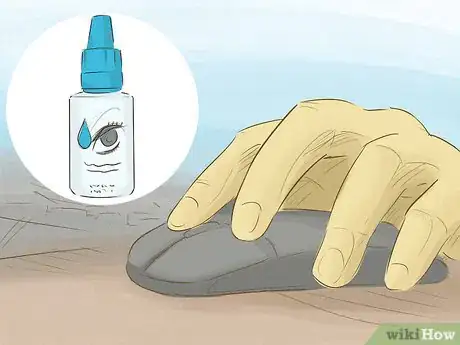
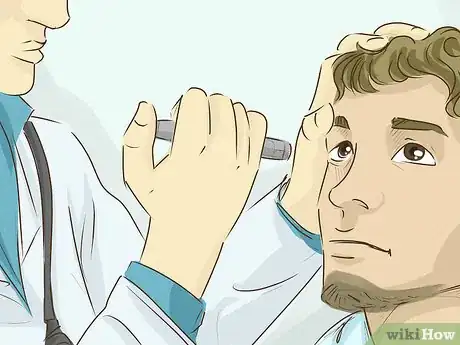
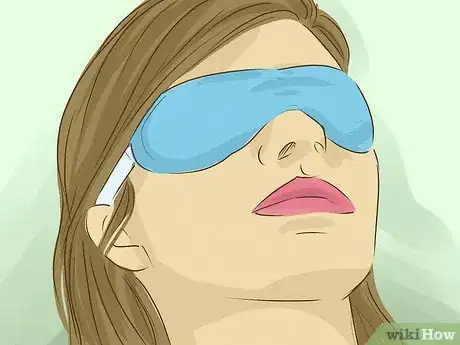
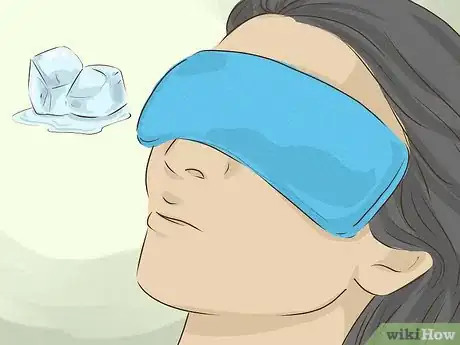
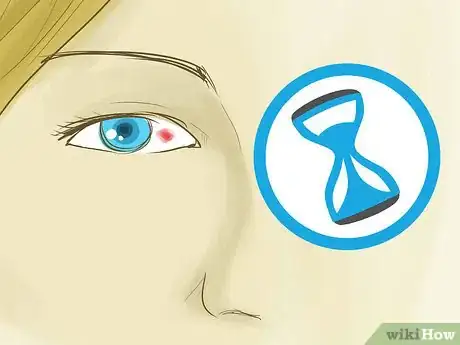
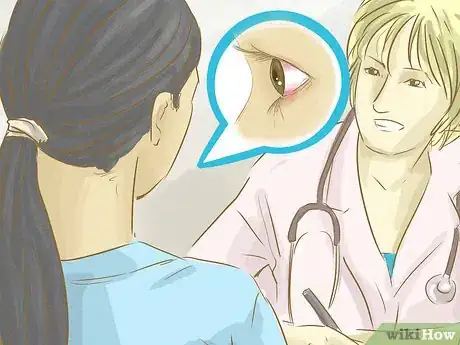
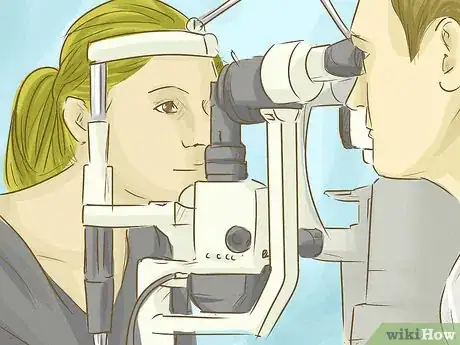
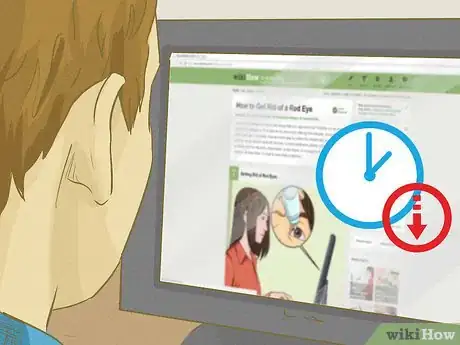

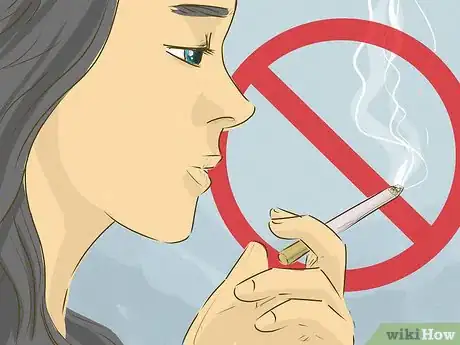
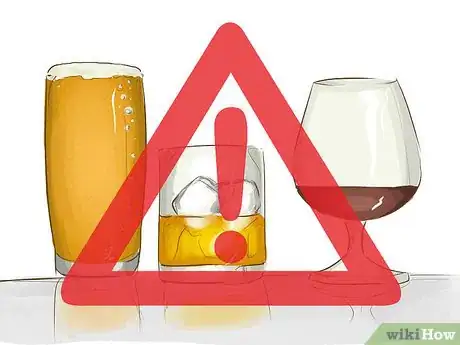
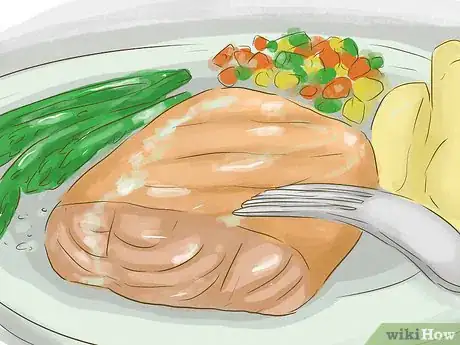
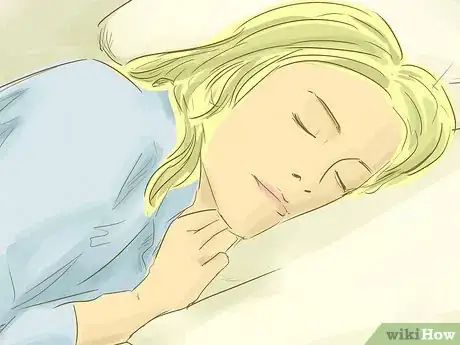
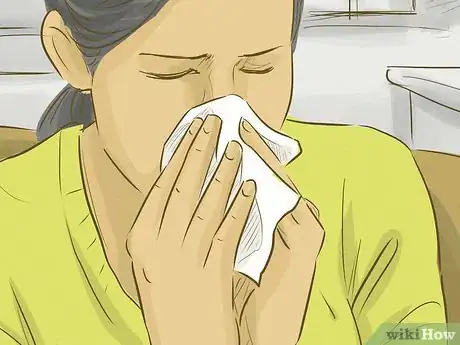
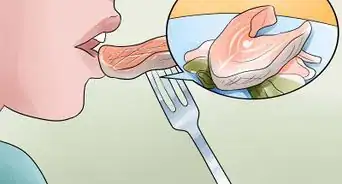
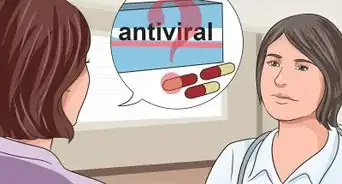
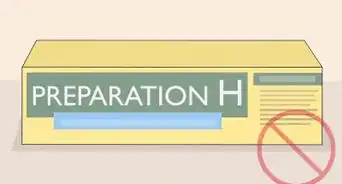
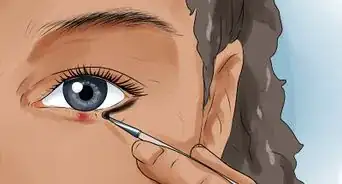
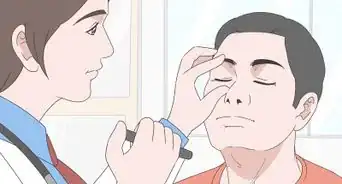
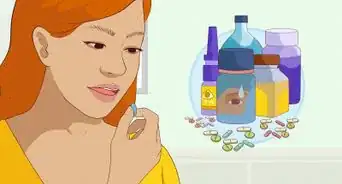



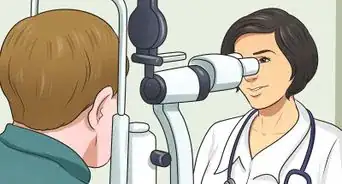












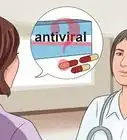
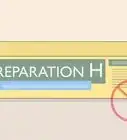
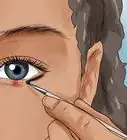



































Medical Disclaimer
The content of this article is not intended to be a substitute for professional medical advice, examination, diagnosis, or treatment. You should always contact your doctor or other qualified healthcare professional before starting, changing, or stopping any kind of health treatment.
Read More...